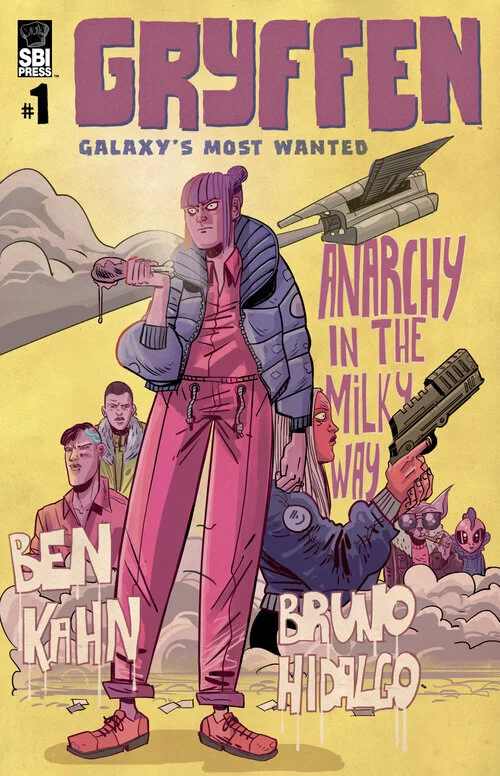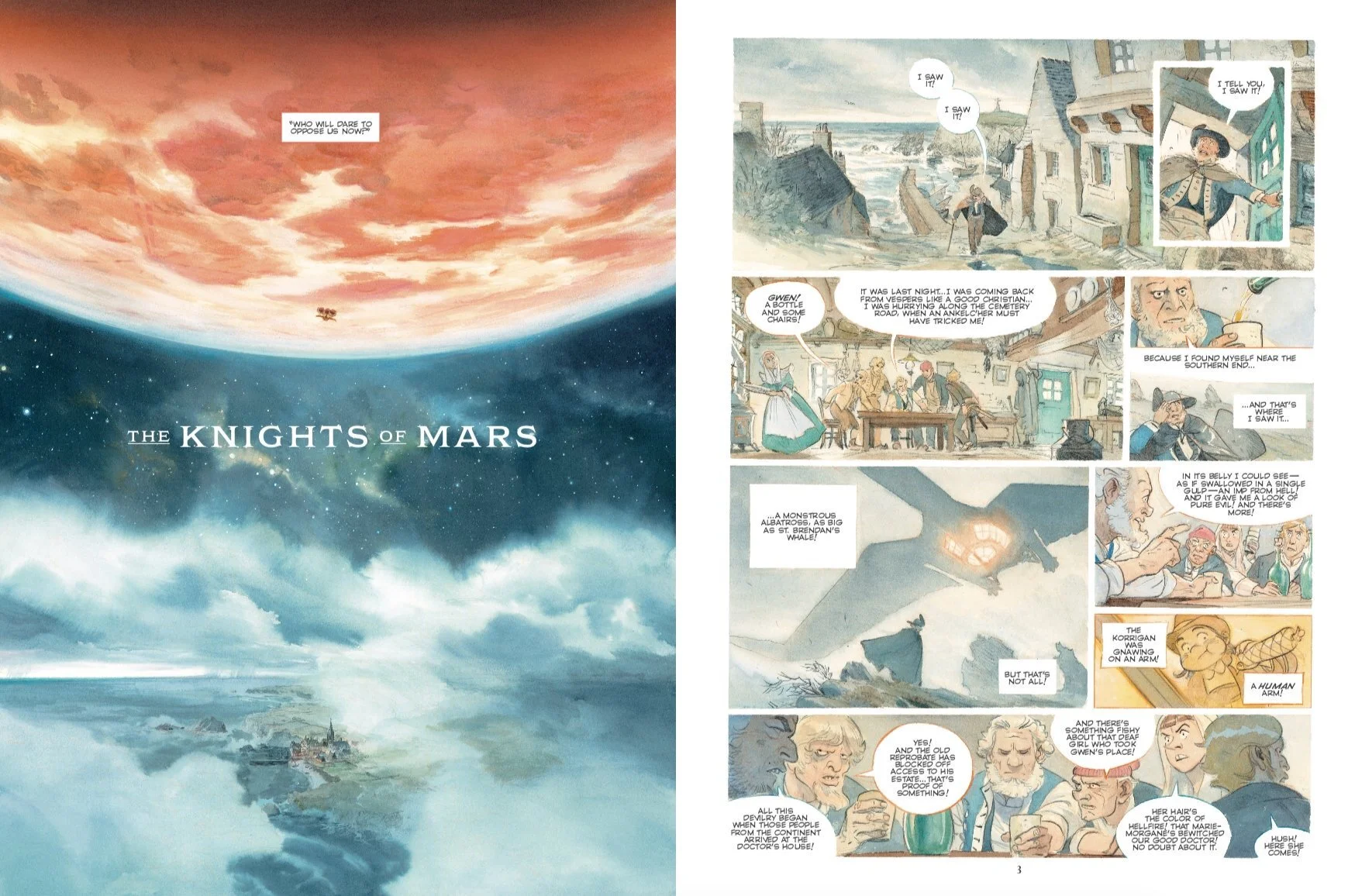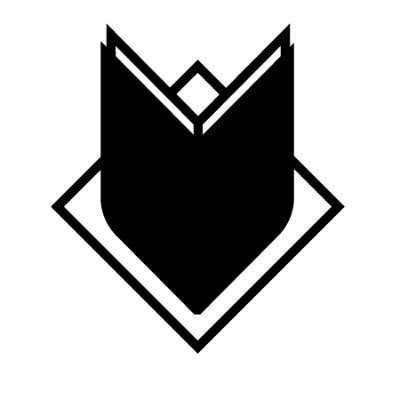The Extra Eisners Reading List
By Zack Quaintance — The 2020 Eisner Award Nominations are live now, with voting continuing through July in preparation for the announced winners at San Diego Comic-Con 2020 Online. As always, these nominations are wonderful, showcasing a deep and rewarding set of comics and creators from throughout the industry. Still, there is only so much room for nominees.
As comics have continued to expand and broaden the spaces in which the best work is found, we can’t help but wonder what it would look like if the Eisners expanded to meet that, taking a cue from the Academy Awards and adding more nominees in key categories. It would be a great way to help make comics more diverse and inclusive, enabling folks who have long been shut out from the accolades to enjoy a deserved segment of the spotlight.
With that in mind, throughout July we’ll be turning to a long and august list of comics critics and journalists from throughout the industry to crowdsource an Extra Eisners Reading List, which will be made up of comics and creators who did not score nominations but are very much deserving of attention nonetheless.
Bookmark this page or check back to the home page semi-daily for the updates, which will go live at 3 p.m. ET/Noon PT, or you can (as always) keep an eye on the Twitter feed. And as always, I hope you and yours are still staying safe during these chaotic and trying times…and before we get to the picks, checkout this great piece by Jarrod Jones of DoomRocket about how the Eisners could be more exciting!
Aron Nel Steinke’s “Mr. Wolf’s Class” books, of which “Lucky Stars” is the third volume, have been wholesomely winsome and charming. The latest installment in the series shows the care and growth the character and their relationships, which have blossomed since their first day of school (which is the subject of the first book). As ever, Mr. Wolf and his class of rambunctious (but sweet) fourth graders learn life lessons, develop deep friendships, and overcome the challenges of growing up.
Gryffen: Galaxy’s Most Wanted is weird. It’s intense. It will bring all kinds of emotions to the surface and it will make you crave more, because the world is so fully-realized and the characters are so compelling.
Alex Alice’s. The French cartoonist behind Castle in the Stars, the graphic novel series at First Second that follows a collection of adventurers as they race to master a substance called aether and become the first to the Moon and beyond, is a unique talent. Few people would be able to deliver a story that could most easily be described as “what if Hayao Miyazaki and Jules Verne collaborated?” and live up to that kind of buildup. And yet, Alice does, and does so in brilliant fashion.
One of the great unspoken laws of comics is “in-house style” sucks on ice. You know it. I know it. Even your older brother’s friend who still wears the jean vest and swears by his holocovers of the 90’s Rai knows it, though he would be caught dead on the train tracks before he would admit it.
My one holdup when nominating Michel Fiffe for the Extra Eisner project is that the dude must have shelf-full of Eisner anyway, and he doesn’t really need another (even fictional) one. Imagine my surprise (shock! Terror!) when I discovered Fiffe’s shelves are quite safe from the threat of Eisner trophy damages: he was given the prize not once!
To those like me who are completely willing to blind-buy a comic based on its art style, a good cover art can be a dangerous thing. Cheesy name, mediocre plotline be damned, if the cover has that dreamy coloring and those pleasing lines that instantly scream serotonin boost, it’s getting bagged and boarded ASAP. One such artist that never fails to deliver on that front is Matteo Scalera.
All this to say: I wish Simon Spurrier had been nominated for an Eisner. Perhaps he will some day, but it’s painful to see a writer put out the best work of his career so far and receive no accolades for it. -Hussein Wasiti
The manga adaptation of Claudia Gray's novel, Yusaku Komiyama's Star Wars: Lost Stars, is a heart-wrenching romance set among the rise of the Empire and the Rebellion against it. The book explores how citizens of the galaxy could be seduced by the unity and opportunity offered by the authoritarianism of the Empire provides. Eventually, the true nature of the Empire can no longer be denied or overlooked and tough choices, obviously, must be made. The characters are fascinating and the story is layered and poignant, touching on classism, cultural prejudice, the effects of war, and more.
I am the first to admit that I am something of a neophyte when it comes to manga. As a critic, I’ve tried to allow myself room to grow in that regard and I feel like I’ve done a decent job at this last year. I resolved myself to take in more of the “canon” of this massive medium, both in reading for work and for pleasure throughout this ongoing Year of Hell that we’ve all collectively experienced. And am I truly glad I did, because that allowed me to experience No Longer Human.
If you were following indie comics in 2019, especially the ones with a flavor of the weird in them, you probably read something colored by Brad Simpson. The standouts to me were Black Stars Above and Coffin Bound, two of last year’s finest examples of a very good year for weird horror.
Castle Swimmer by Wendy Lian Martin is sure to take your breath away, and not just because it’s set in an underwater world: from the incredibly expressive characters to the incredible colors to the gorgeous seascape settings, this Webtoon series offers readers the opportunity to fully immerse themselves.
While there are many good contenders in the Eisner's "Best Limited Series" category, it continues to concern me that the world at large is not as actively enamored with "Fearscape" as I am. In "Fearscape," the creative team of Ryan O'Sullivan, Andrea Mutti, Vladimir Popov, and Andworld Design deliver a tightly woven saga of the mythical realm of storytelling inspiration, and most importantly, the world's most captivating-yet-omg-he's-the-worst artist, Henry Henry, as narrator.
Alright, so, you have a Best New Series category...and it didn’t include The Plot. For those who don’t know, The Plot is a horror comic put out by Vault Comics. It was the launch title for their Nightfall line, a line of comics purely for horror. It’s co-written by Michael Moreci and Tim Daniel, with art by Joshua Hixson, colors by Jordan Boyd, and letters by Jim Campbell. It was also one of the only comics I can remember that launched with universal praise...for every issue.
It takes a lot of skill to create something that feels both fresh and classic, and Olivia Jaimes’ Nancy does just that. This new Nancy may enjoy video games and have some friends who are not Sluggo, but she’s still Nancy. She’s still funny, she’s still self-absorbed, and she’s still, above all, wonderfully lazy.
“Best U.S. Edition of International Material” is one of the technical awards categories. What it basically means is “this comic was published in a different language... but now there’s an English-language version we’ll recognise it for awards eligibility”. You know like how foreign-language films never won the big Oscars until recently, because they were shunted to one side and other categories they couldn’t escape? It’s a bit like that.
Aditya Bidikar has been doing terrific work for a good while now, lettering everything from Grant Morrison comics about Indian mythology to wonderfully idiosyncratic books like Grafity's Wall. But his work really seemed to have hit a fever pitch in 2019, as he was at an all-time high, performing better, and bigger, than I'd ever seen him.
Omitting Ice Cream Man, the ongoing series by writer W. Maxwell Prince, artist Martin Morazzo and colorist Chris O’Halloran, is an amazing failure of vision. Is the book too weird? Too different? Too good? I’m not here to make excuses for the Eisner judges — only to question their judgment and exactly what the hell they think they’re doing.
Anyone who knows baking knows that part of making a delicious, mature, yeasty loaf of bread is that once the dough has doubled in size, it needs to be knocked back before it can be shaped and baked. It’s a process called ‘proving’ the dough, and that’s where we meet Ari at the beginning of Bloom. He’s moody and angsty in a way that is generally formless and cannot be contained.
After 36 years of Stan Sakai's rabbit ronin chopping it up with various bandits and honorless ne'er-do-wells, the series has constructed an intense fanbase, while new readers deprive themselves due to the ever-growing, intimidating back-catalog of stories. For the last 25 of those 36 years, Dark Horse Comics proudly displayed the title as one of their staples, occasionally shifting their marketing to encourage new eyes, but rarely achieving fresh celebration.
One of the bigger surprises for me this year, came in the category of Best Reality Based Work. I actually thought this was a strong category this year, filled with great books like Grass by Keum Suk Gendry-Kim, My Solo Exchange Diary, vol. 2 by Nagata Kabi, and They Called Us Enemy by George Takai and team. A notable absence, however, was the fantastic graphic novel, Twlight Man: Rod Serling and the Birth of Television by Koren Shadmi.
It would appear that the Eisner Awards have a snubbing problem—just ask Vault Comics. How does that get fixed? I mean, Eisner judges can only select nominees from a pool provided by the publishers who submitted their very best works to them in the first place… But do creators even know if their publishers are submitting their works to Comic-Con International?
Check out our Coronavirus Reading List, a crowdsourced set of more than 40-plus recommendations from writers, artists, colorists, and others throughout comics!
Zack Quaintance is a tech reporter by day and a freelance writer by night/weekend. He Tweets compulsively about comics as Comics Bookcase.

































Overall, THESE SAVAGE SHORES #5 follows through with the same slow-burn carried throughout the previous issues, with the right amount of reveals and a rewarding ending that sinks its teeth in. -Brittany Matter